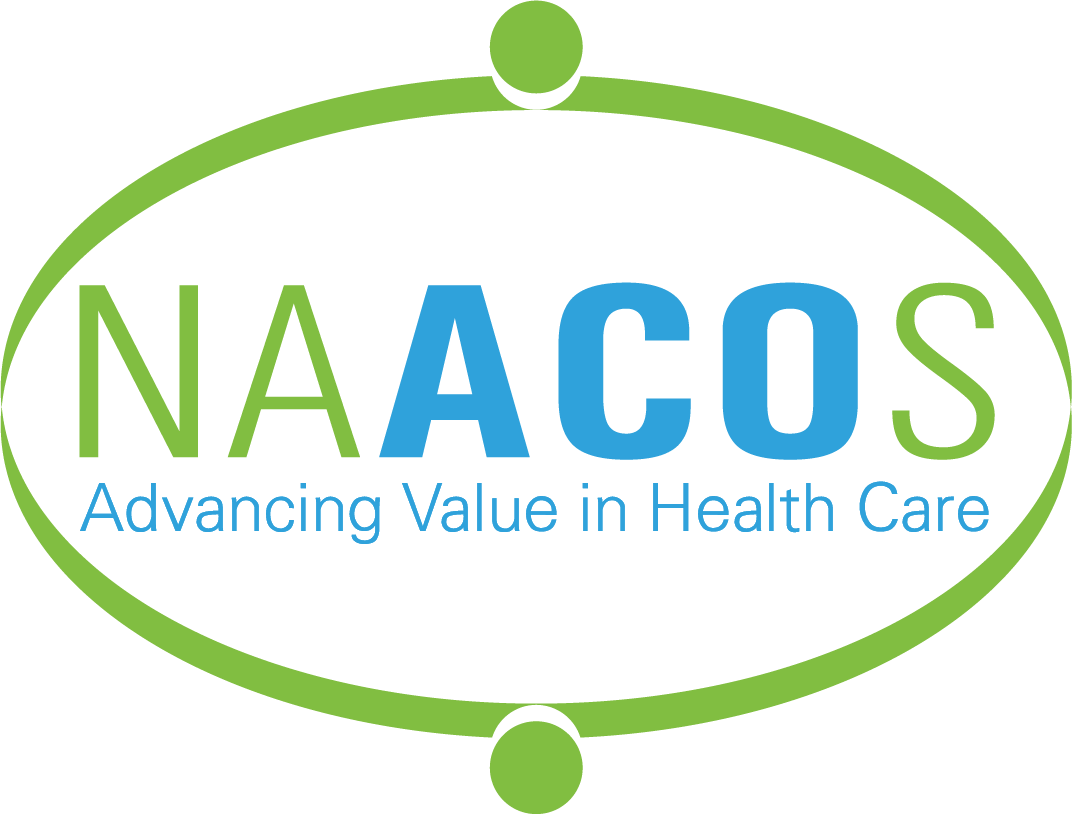Vermont ACO Model Delivers Success
August 4, 2023
Lessons from Vermont can be applied to other models and states.
Highlights
- The Vermont All-Payer Model reduced Medicare spending, lowered hospitalizations, and overall hit key financial targets while improving patient care, according to an independent evaluation.
- The ACO fostered relationships statewide, which created better care coordination and care management.
- Policymakers can build on and improve incentives for more ACO participation nationwide, including the 5 percent incentive payment, which was key for participation among primary care providers in Vermont.
By: Aisha Pittman, MPH, Senior Vice President, Government Affairs, NAACOS
David Pittman, Director, Communications and Regulatory Affairs, NAACOS
The Vermont All-Payer Model reduced spending for beneficiaries, according to the model’s Third Evaluation and Findings at a Glance, an independent analysis commissioned by the CMS Innovation Center. The Vermont model was designed to test scaling an ACO model across all major payers in the state with the goals of transforming care delivery, reducing statewide spending, and improving population health outcomes. Currently, OneCare Vermont is the only ACO to support the Vermont model.
Key Findings in the Report
The Vermont All-Payer Model:
- Reduced gross spending for Medicare beneficiaries in ACO and beneficiaries statewide over its first four years.
- Lowered hospitalizations and unplanned hospital readmissions for Medicare beneficiaries.
- Achieved key financial targets for Medicare and all-payer total cost of care, limiting growth rates well below national projections.
- Provided an important mechanism for continued collaboration and health care delivery transformation activities that preceded the model.
From OneCare Vermont Chief Medical Officer Carrie Wulfman, MD: “Our progress to date has been encouraging. Perhaps most importantly, OneCare has achieved an unprecedented level of connection among hospitals, primary care, and community-based providers working together to advance our mission of high-quality care and reduced health care spending.”
Drivers of Success
The Vermont ACO leans on the principles of accountable care, including care coordination for greater efficiency, an emphasis on primary care and disease prevention, and holding providers accountable for patients’ overall spending and quality, in order to drive better outcomes. Evaluators found the ACO structure was an “essential mechanism” for supporting providers in value-based care.
The report highlighted several examples that contributed to Vermont’s success.
1) The collaborative ACO structure fostered stronger relationships among community partners, supporting coordination of services. OneCare strengthened preexisting relationships by creating a shared language and understanding among providers by having discussions on how to distribute patient care responsibilities across provider types. Collaboration also focused on addressing social determinants of health.
2) OneCare’s Comprehensive Payment Reform program for independent primary care practitioners enabled practices to hire more primary care clinicians, expand care teams to include mental health and substance use disorder providers, social workers, and care coordinators, implement practice flow transformation, and it allowed practices to have a consistent revenue stream during the COVID-19 pandemic.
3) Hospitals and practices relied on fixed, prospective payments that provided reliable income and supported population health management efforts.
Looking Forward
There are lessons to be learned from the Vermont model that we can apply to ACO efforts nationwide.
Incentives matter. Accountable care efforts work if we offer providers the proper incentives and give them time to transform practice habits. A key driver for the Vermont model was the 5 percent incentive payment awarded to clinicians that participate in risk-bearing alternative payment models. Congress should extend the advanced APM incentive payment for all clinicians.
Flexibility allows providers to innovate care. Alternative payment models must offer waivers and regulatory flexibilities to be free to innovate and deliver patient care in the most efficient way that’s best for individual patients.
Investment in primary care is critical to achieve total cost of care savings. Expanded primary care teams are better able to address the whole person. Primary care providers could use a fixed, prospective payment to continue to transform their practices. NAACOS has been working on such a policy with partners to embed fixed payments into the Medicare Shared Savings Program.
All-payer transformation is essential. Aligning payers in payment and delivery system reform drives bigger success at faster paces. Additional commercial payers joined the fourth year of the Vermont model, but the evaluation noted that lack of payer participation led to FFS remaining the dominant model. To support better payer and provider engagement, NAACOS is working with AHIP and the American Medical Association to provide a playbook to successful payer, provider, and accountable entity value-based care partnerships.
The Vermont model is making a positive impact on the state’s healthcare system. Now is the time to translate that success to more payment models and states.
